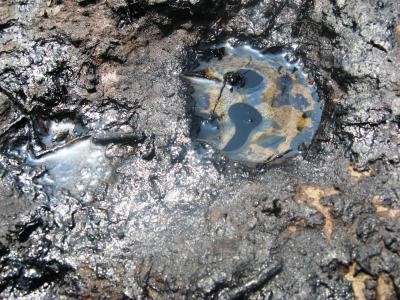
Ensuring Environmental Integrity: The Critical Role of Quality Environmental Remediation in the Oil and Gas Industry
In today’s rapidly evolving energy landscape, the oil and gas industry is under increasing scrutiny to minimize its environmental footprint. As environmental consciousness grows worldwide, companies in this sector face heightened pressure to not only extract resources efficiently but also to remediate and restore impacted sites responsibly. Quality environmental remediation has emerged as a pivotal aspect in upholding environmental integrity and sustainability within the oil and gas sector. In this blog post, we delve into the importance of quality environmental remediation practices and their significance for the industry’s long-term viability.
1. Protecting Ecosystems and Biodiversity:
One of the primary objectives of environmental remediation is to mitigate the adverse impacts of oil and gas operations on ecosystems and biodiversity. Spills, leaks, and other incidents can have devastating consequences for surrounding habitats, endangering plant and animal species and disrupting fragile ecosystems. Quality remediation efforts aim to restore affected areas to their pre-disturbance state, promoting biodiversity and preserving ecological balance.
2. Safeguarding Public Health:
Ensuring the safety and well-being of communities living near oil and gas facilities is paramount. Contamination of air, soil, and water can pose serious health risks to nearby residents, including respiratory issues, neurological disorders, and other adverse health effects. Through effective remediation measures, hazardous substances are removed or contained, minimizing exposure pathways and safeguarding public health.
3. Upholding Regulatory Compliance:
Stringent environmental regulations govern the operations of oil and gas companies, mandating adherence to strict standards for pollution prevention and remediation. Failure to comply with these regulations can result in legal penalties, reputational damage, and operational disruptions. By prioritizing quality environmental remediation, companies demonstrate their commitment to regulatory compliance and responsible stewardship of natural resources.
4. Restoring Stakeholder Trust:
Environmental incidents can erode public trust and tarnish the reputation of oil and gas companies. Transparent communication and proactive remediation efforts are essential for rebuilding stakeholder trust and maintaining social license to operate. By investing in quality remediation practices, companies demonstrate accountability, foster goodwill within affected communities, and enhance their reputation as responsible corporate citizens.
5. Mitigating Long-Term Liabilities:
The financial implications of environmental liabilities can be substantial for oil and gas companies, with potential costs extending far into the future. Effective remediation efforts can help mitigate long-term liabilities by preventing the escalation of environmental damage and minimizing the need for costly cleanup actions down the line. By addressing environmental issues promptly and comprehensively, companies can protect their bottom line and ensure financial resilience.
Final Words:
Quality environmental remediation is indispensable for the oil and gas industry to uphold environmental stewardship, protect public health, and secure long-term sustainability. By embracing best practices in remediation, companies can minimize their environmental footprint, mitigate risks, and foster trust among stakeholders. As we navigate the transition to a more sustainable energy future, a steadfast commitment to quality remediation will be essential for the industry’s continued success and positive impact on the planet.
Learn more from the materials below:
1. United Nations Environment Programme. (2019). Environmental Guidelines for the Oil and Gas Industry.
2. American Petroleum Institute. (2020). Environmental Performance in the Oil and Natural Gas Industry: Regulatory Drivers and Best Management Practices.
3. International Association of Oil & Gas Producers. (2018). Environmental Performance Indicators: Reporting guidelines for the oil and gas exploration and production industry. 4. Environmental Protection Agency. (2021). Oil Spill Program.

